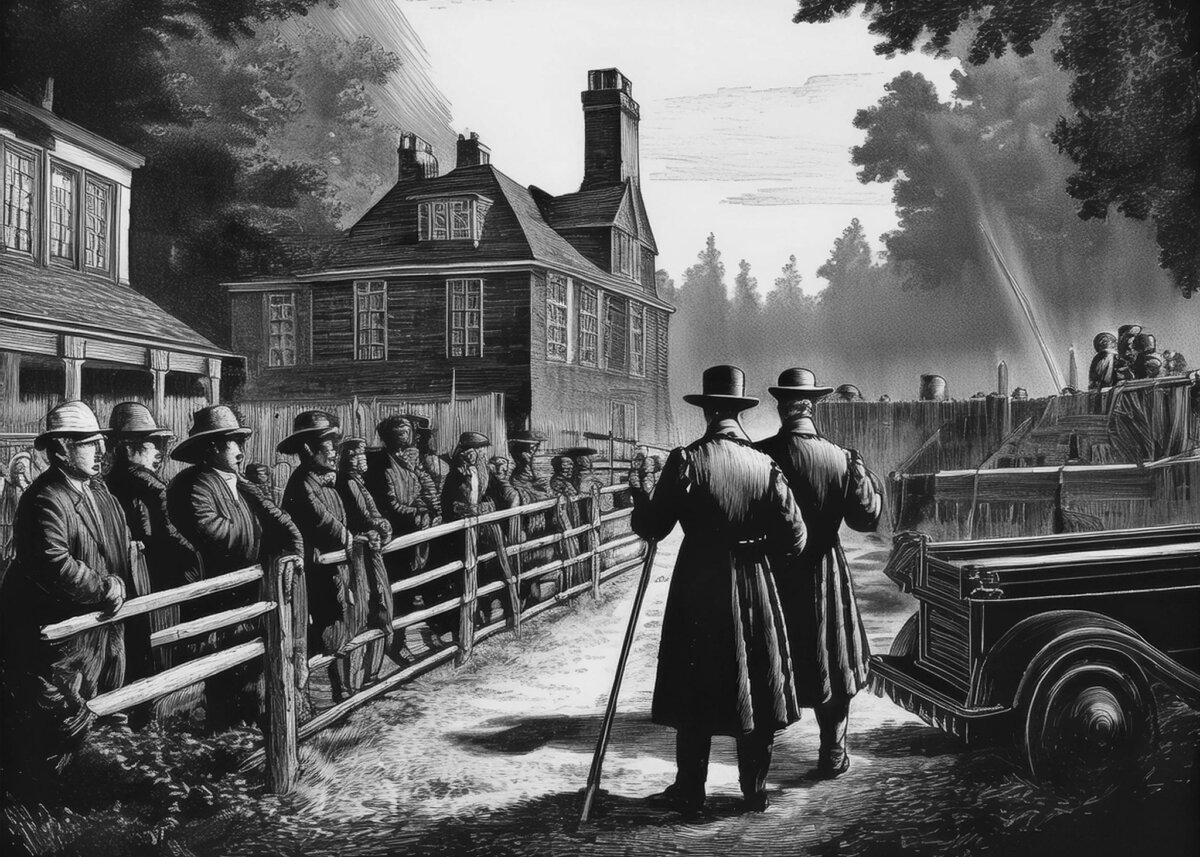When purchasing a home, understanding the various types of insurance available can be overwhelming. Among the many types, title and home insurance are two essential forms of protection that every homeowner should consider. However, these two types of insurance serve very different purposes, and understanding the distinction between them is crucial for making informed decisions about your home and its protection.
What is Title Insurance?
Title insurance is a unique policy that protects the buyer and lender from financial loss due to defects in a property’s title. The title refers to the legal ownership of a property, and title insurance ensures that the person selling the property has the legal right to transfer ownership. This type of insurance is generally purchased when buying real estate, and lenders generally require it.
Title insurance is essential because it protects against hidden issues or legal problems with the title that might not be discovered during a standard property search before the purchase. Title issues can include errors in public records, undiscovered liens, forgeries, claims of ownership from missing heirs, or fraudulent transactions. Even though a property may seem legitimate at the time of purchase, issues that threaten the legal ownership of the home can arise later.
There are two main types of title insurance: owner’s title insurance and lender’s title insurance.
- Owner’s Title Insurance protects the buyer from title defects that could affect their ownership rights. It covers the homeowner against issues such as unknown heirs, fraud, or clerical errors in public records that might affect the title to the property.
- Lender’s Title Insurance: This protects the lender, not the buyer, and is typically required by lenders when financing a home purchase. The policy ensures that the lender’s interest in the property is protected if any legal disputes over the title arise after the sale.
What is Home Insurance?
Home insurance, also known as homeowner’s insurance, is a policy designed to protect a home and its contents from certain types of damage or loss. Unlike title insurance, which deals with legal ownership issues, home insurance is focused on the physical protection of the home and its contents. Homeowners purchase home insurance to guard against damage or loss caused by fire, theft, vandalism, weather events, and other incidents that could cause significant financial loss.
A standard home insurance policy typically includes coverage for several key areas, including:
- Dwelling Protection Covers damage to the home’s structure, such as walls, roof, and foundation, from covered risks (fire, windstorm, etc.).
- Personal Property Protection Covers loss or damage to personal belongings inside the home, such as furniture, electronics, clothing, and more.
- Liability Protection: Protects the homeowner if someone is injured on their property and sues for damages.
- Additional Living Expenses: If a covered loss makes the home uninhabitable, this provides funds for living expenses while the house is being repaired.
Home insurance can be customized with additional coverage options, including flood insurance, earthquake insurance, or umbrella policies that offer more extensive liability coverage. The specific coverage and cost depend on the policyholder’s needs and the type of prevalent risks in their geographic area.
Key Differences Between Title Insurance and Home Insurance
While both title insurance and home insurance protect homeowners, they serve vastly different functions, and understanding these differences is key to ensuring comprehensive protection for your property.
- Coverage Focus
- Title Insurance focuses on the legal ownership of the property. It protects against any title defects or legal issues related to the property’s chain of ownership.
- Home Insurance covers the physical structure and contents of the home, protecting against damage or loss caused by various incidents.
- When Insurance Is Purchased
- Title Insurance is typically purchased during the home-buying process. It is a one-time premium paid at closing. It is not a recurring cost unless you decide to buy a new policy if you refinance or sell the property.
- Home Insurance is purchased and renewed annually. It requires regular premium payments and is an ongoing cost for homeowners.
- Duration of Coverage
- Title Insurance provides coverage for as long as the homeowner owns the property. The protection lasts for the lifetime of the ownership, and it is transferrable if the property is sold to another buyer.
- Home Insurance covers only the duration of the policy, typically a year. The homeowner must renew the policy annually to maintain coverage.
- Who Is Protected?
- Title Insurance protects the buyer and the lender from financial loss due to title defects.
- Home Insurance primarily protects the homeowner and, in some cases, others (e.g., renters or family members living in the home) in case of accidents or damage to the property.
- Cost Structure
- Title Insurance is typically a one-time fee based on the property’s purchase price. It is generally much less expensive than home insurance.
- Home Insurance involves annual premiums that vary based on factors like the value of the home, its location, and the level of coverage.
- Claims Process
- Title Insurance covers issues arising from title disputes, such as a person claiming property ownership. The claims process may occur if any defect in the title comes to light after the property is purchased.
- Home Insurance comes into play when an insured event (such as a fire or storm) damages or destroys physical property. The homeowner would file a claim to cover repair costs or replacement with the insurance company.
Why Both Types of Insurance Matter
While title and home insurance cover different aspects of homeownership, both are crucial to protecting your investment. Title insurance ensures the title is clean, and you have the legal right to own the property. Without title insurance, you could risk losing your home due to a dispute over the property’s legal ownership, even if you’ve paid it in full.
On the other hand, home insurance provides peace of mind by protecting your home and belongings from unforeseen events like fire, theft, or natural disasters. Without home insurance, you may face devastating financial consequences if a disaster occurs.
Conclusion
In conclusion, title and home insurance are essential forms of protection, but they serve different purposes. Title insurance focuses on safeguarding your legal rights to the property. In contrast, home insurance protects your physical property from damage or loss. Homeowners should understand the importance of both policies to ensure comprehensive protection for their homes and investments. By carefully considering these two types of insurance, homeowners can enjoy greater peace of mind knowing they are fully protected against various risks.
Learn more about our comprehensive title insurance services here.
Thank you for reading! If you enjoyed this article and want to explore more content on similar topics, check out our other blogs at Sonic Loans, Sonic Realty, and Sonic Title. We have a wealth of information designed to help you navigate the world of real estate and finance. Happy reading!
Understanding Chain of Title: Why History Matters in Real Estate
Title Insurance vs. Home Insurance: Understanding the Crucial Differences
The Evolution of Title Insurance: From 1868 to Today
How Technology Is Revolutionizing the Title Insurance Industry
Understanding Closing Costs: What First-Time Buyers Need to Know
What Exactly Is Title Insurance? A First-Time Buyer’s Complete Guide
What are the top home title questions in 2025
The 7 Most Common Title Issues That Could Derail Your Home Purchase
Understanding Zoning: The Framework That Shapes Urban Spaces










